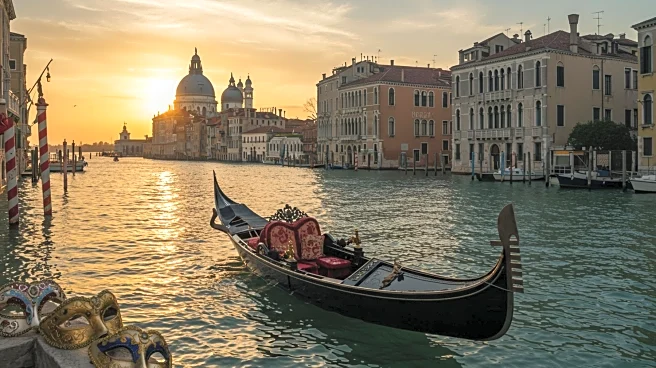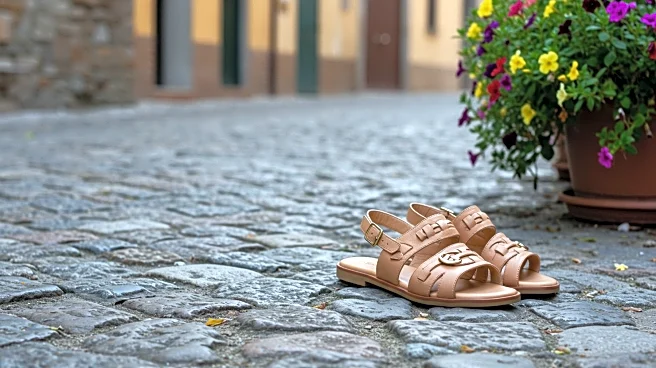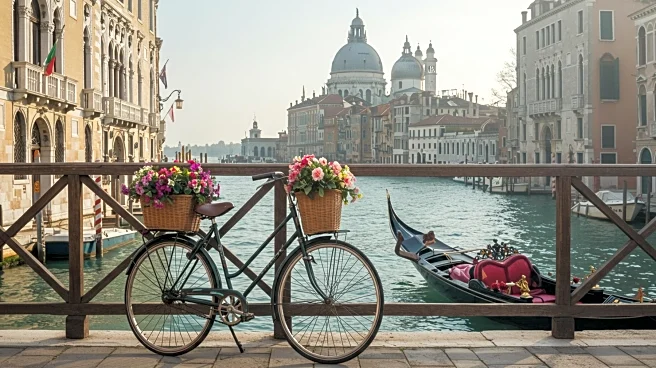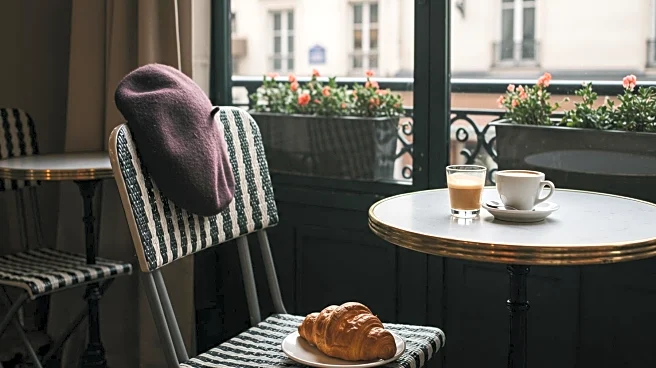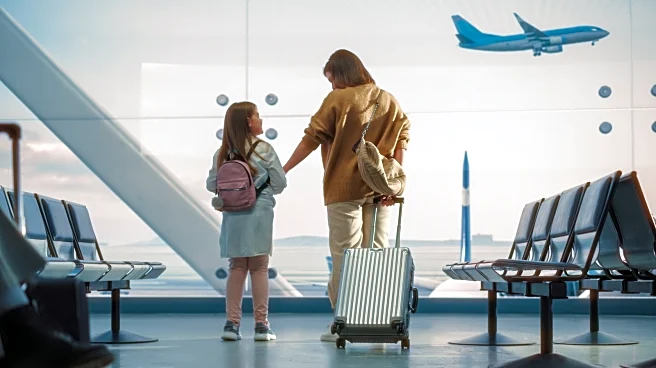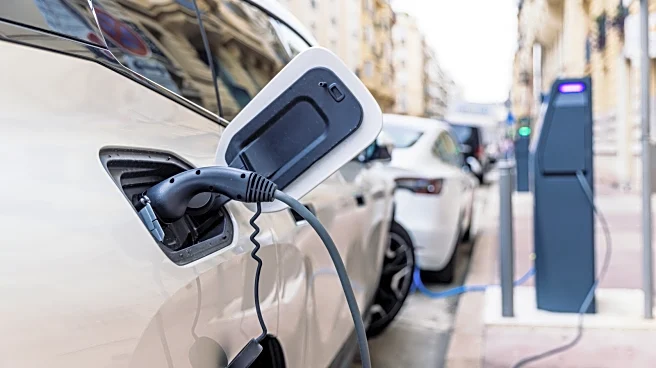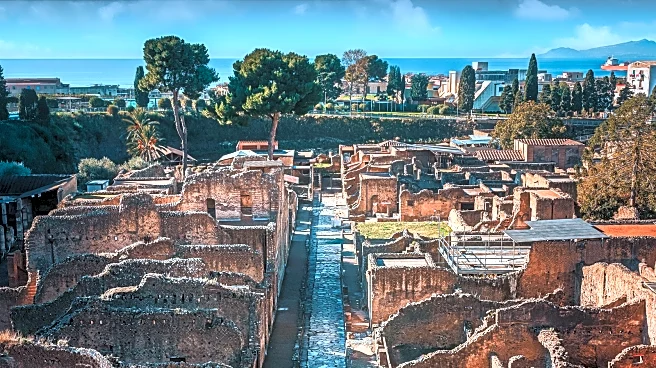
In the words of Rick Steves' protégé and the co-author of his guidebooks, Cameron Hewitt, "When you're on the road in Europe, sometimes it's the little differences that resonate the most" — like a per-person cover charge on your bill just for sitting down to eat, something you'd never expect at home. In Italy, this practice is commonplace: The "coperto" is an added fee you should expect any time you dine out. This minor expense offsets the cost of tableware, linens, and utensils that must be bought
and cleaned, the wages of staff, as well as the bread you're served — and Italians are picky eaters, so you know you're getting loaves that are high-quality and fresh.
The coperto is neither a tax nor a tip, but a formal charge for the privilege of being the restaurant's guest. As Hewitt discovered in Venice, the difference in your bill can be startling if you choose to sit at a table rather than stand at the bar. His caffè macchiato at the bar of one of the most expensive cafés in St. Mark's Square cost €1.50 flat ($1.75, as of this publication) — no taxes or additional fees. The price of the same drink for customers on the patio out front climbed to €12 ($13.98), not including the venue's €6 ($6.99) coperto.
As Hewitt reasons on the Rick Steves website, "If you're lingering over the amazing views and the music, this is a worthwhile investment. If you just want a quick coffee, those prices are absurd." And this is certainly a situation in which it pays to understand how tipping works in Italy, since the coperto does cover service fees. (However, no Italian will turn down the additional bump if you'd like to tip them extra.)
Read more: Rick Steves' Expert Tips To Not Get Pickpocketed On Your Trip To Europe
The Pros And Cons Of The Coperto
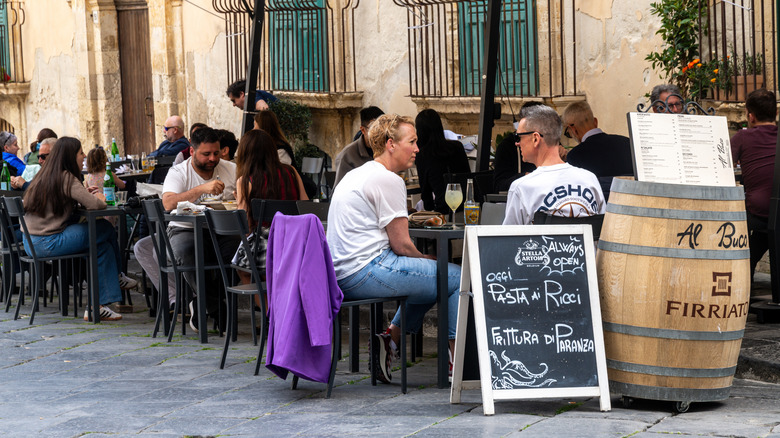
It's helpful to note that while adding a coperto to the bill is common practice in Italy, tipping is not, so you can think of this small inclusion as a substitute for the tip you'd traditionally leave your server. The coperto must also be written somewhere on the menu — it's required by law — albeit in fine print. Though Cameron Hewitt's experience in Venice may have made you gasp, most places that aren't popular tourist hubs won't charge more than €1 to 3 per person ($1.17 to $3.50).
Plus, as Hewitt points out, "This 'progressive taxation' approach to pricing drinks has a certain pragmatic beauty; you pay based on your experience." A tourist dining in the most touristy spot in Venice — arguably the most touristy city in all of Italy — must pay a premium to enjoy those prime seats in the sun with a memorable view of St. Mark's Basilica. For a once-in-a-lifetime dining experience, isn't the steep bill worth it? Mind that cocktails at the same venue are only €28 ($32.65), while pastries and sandwiches range from €10 to €22 ($11.66 to $25.65), so it really is the location you're paying for as rather than the product.
For budget travelers, Hewitt says that knowing about the coperto can make a huge difference in travel expenses. Just skip table dining and grab your coffee and croissant at the bar instead. Be aware that some regions charge for "pane" (bread) or "servizio" (service) instead, but in the end, it's all the same. You might be able to avoid the bread unless you want your bill to be inflated, but again, it's similar to dining in and skipping your server's service. Why not follow Hewitt's example and enjoy this "little difference" as a quirky slice of life, only to be had in Italy?
Ready to discover more hidden gems and expert travel tips? Subscribe to our free newsletter for access to the world's best-kept travel secrets.
Read the original article on Islands.




